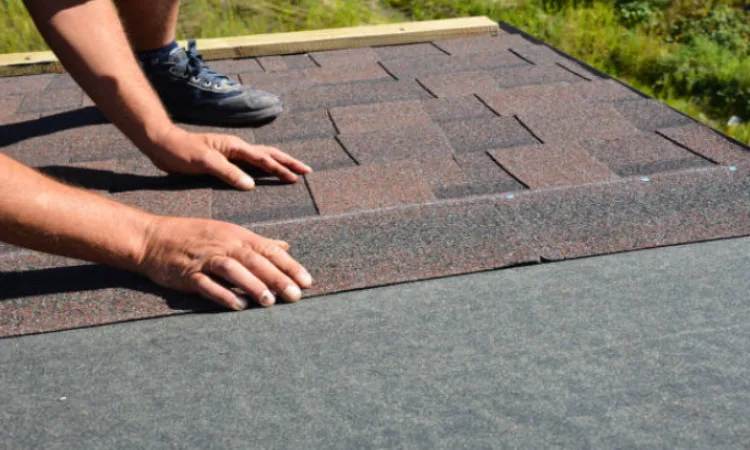When Is the Best Time of Year for Flat Roof Repair and Installation in London?
Many homeowners underestimate the impact of seasonal weather on flat roof repair and installation. Timing your projects can greatly affect both quality and longevity. While spring and summer seem ideal, understanding the nuances of each season is essential for making informed decisions. When should you plan your next roofing project to avoid potential pitfalls and guarantee lasting results? Let’s explore the best times for flat roof work in London.
Spring: Ideal Conditions for Repair and Installation
When spring arrives, it brings ideal conditions for flat roof repair and installation in London. The moderate temperatures and reduced rainfall create a perfect environment for roofing projects. With temperatures between 10°C and 15°C, the materials used for flat roof installation in London adhere better, ensuring a solid bond. Additionally, spring’s lower humidity levels minimize the risk of moisture-related issues during flat roof replacement in London. This season allows you to schedule repairs efficiently, avoiding delays caused by adverse weather.
Summer: The Peak Season for Roofing Projects
As spring gives way to summer, roofing projects in London reach their peak. The warm and dry weather conditions during these months create an ideal environment for flat roof repair and installation. Proper adhesion and curing of materials, such as bitumen and EPDM, are vital for lasting results, and summer temperatures facilitate this process. Additionally, contractors often have more availability, allowing you to schedule projects without significant delays.
Autumn: Preparing for Winter Weather
Autumn serves as an essential time to prepare your flat roof for the impending winter weather. As temperatures begin to drop, you should inspect your roof for any signs of damage or wear. Look for cracks, blisters, or loose seams that could lead to leaks when snow and rain arrive. It’s vital to clear debris, such as leaves and branches, to prevent water pooling. Consider applying a protective coating to enhance durability against harsh conditions. Additionally, check your drainage systems, ensuring gutters and downspouts are clean and functioning properly.
Winter: Challenges and Considerations for Flat Roof Work
While winter brings its own set of challenges for flat roof work, understanding these obstacles can help you navigate them effectively. Cold temperatures can hinder the curing process of roofing materials, making it vital to choose products designed for low temperatures. Additionally, snow and ice accumulation can conceal underlying issues, such as leaks or structural damage, which may require urgent attention. Scheduling repairs during this season often means contending with shorter daylight hours, so plan your work accordingly.
Conclusion
So, if you’re thinking about flat roof repairs, why not wait for winter? After all, who doesn’t love battling freezing temperatures and rain while contractors are on holiday? Seriously though, scheduling your project in spring or summer is your best bet. You’ll enjoy better conditions, fewer delays, and a more efficient installation. Embrace the warmer months—your roof (and your wallet) will thank you for it when the winter storms roll in.

